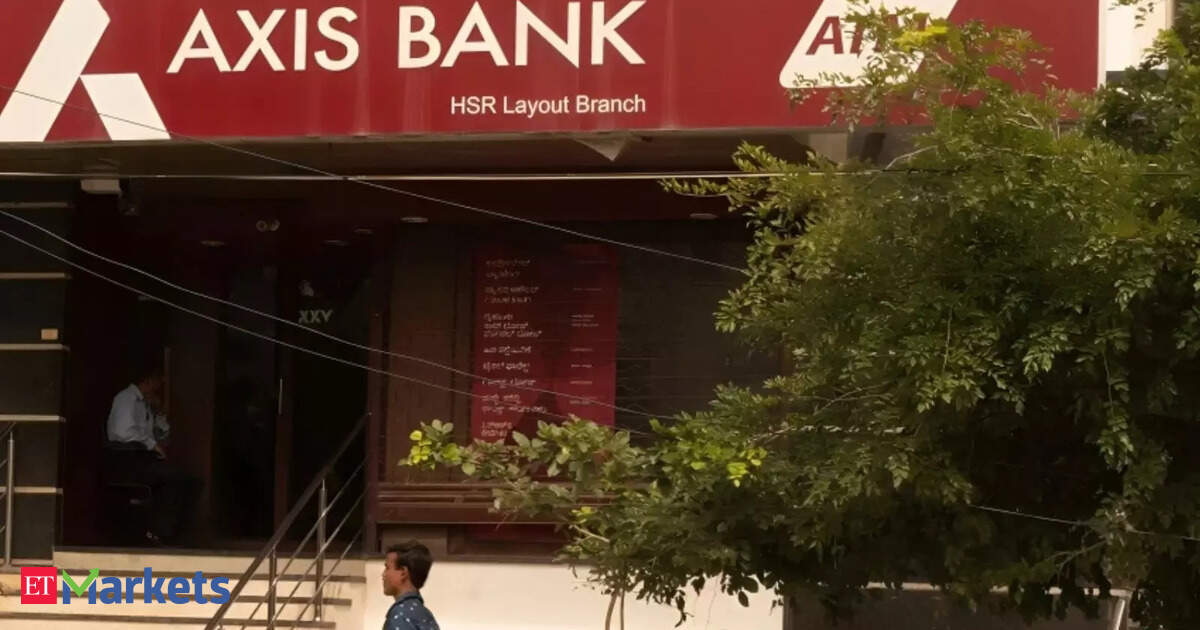Loan growth is expected to be in the 7–8% range YoY, led by flat to modest 2% growth on a sequential basis, analysts said. However, the focus will be on asset quality trends, margin movement, and operating expense discipline.
Motilal Oswal expects net interest margins (NIMs) to remain under pressure, with slippages staying elevated due to Axis Bank’s stringent provisioning policies. It anticipates stable cost ratios, but credit costs may remain high in Q1.
Kotak Equities has projected a 20-basis-point sequential decline in NIMs to around 3.5%, factoring in early signs of a rate-cut cycle. It also expects sluggish fee income due to weak loan growth.
Here’s what to expect from Axis Bank Q1:
Motilal Oswal
Expect margins to remain under pressure. Expect cost ratios to remain under control. Credit cost is expected to remain high. Slippages expected to remain elevated due to stringent provisioning policies.
Kotak Equities
We are building loan growth of 7% YoY (flat QoQ). We are building NIM to decline 20 bps QoQ (3.5%) QoQ to factor in the impact of the rate cut cycle. Fee income growth will be sluggish, reflecting weak loan growth.
Nuvama
Loan growth will be 8.3% YoY/ 2.0% QoQ. NII growth will be 2.7% YoY and flat QoQ.
Phillip Capital
Loan growth expected at 8% YoY. NIM to witness contraction. Provisions to remain elevated. Strong treasury gain expected.
YES Securities
Sequential loan growth will be in the 1.0% ballpark due to idiosyncratic growth trajectory. NII growth will be slower than average loan growth due to fall in yield on advances outpacing cost of deposits.
Consequently, NIM will be lower sequentially. Sequential fee income growth will be lower than loan growth due to seasonality.
Opex growth would be higher than business growth due to appraisal season. Slippages would be higher on a sequential basis due to seasonality. Provisions will be higher on a sequential basis as the bank had provision reversal in 4Q.
(Disclaimer: Recommendations, suggestions, views and opinions given by the experts are their own. These do not represent the views of the Economic Times)




